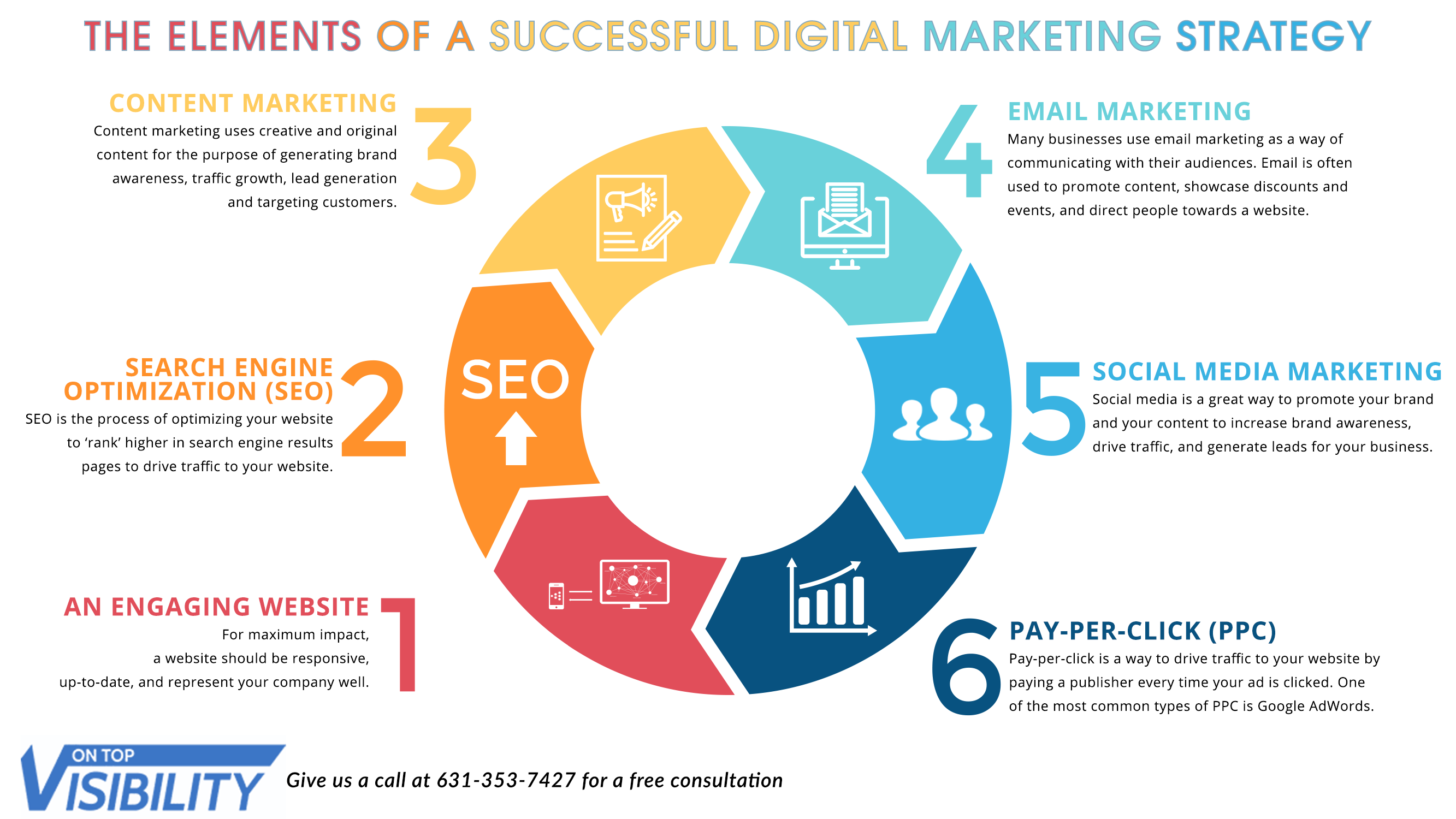Marketing, to many business people, is simply selling at a larger scale.
The reality, is that marketing sits at the intersection of the business and the customer – the great arbiter of the self interests of the business and the needs of the buyer.
Quick Takeaways:
- At a fundamental level, marketing is the process of understanding your customers, and building and maintaining relationships with them.
- Marketing is the key to an organization’s success, regardless of its size.
- There are several types and sub-types of marketing, digital and offline. You should determine and pursue the ones that work best for you.
- Marketing and Sales teams need to have a unified approach. Automation helps them work towards the same goals.
What is Marketing, Really?
There I was, minding my own business, resting after completion of an amazing content marketing strategy workshop for a client. And someone asked about my opinion on the difference between marketing and branding.
I was directed to read this cartoon that defines marketing as “I am a great lover” vs branding which shows the consumer saying “I understand you’re a great lover.”
Marketing starts by asking consumers who they are, what they want, and what they care about. Marketing starts with a question. Marketing is not “I am a great lover.” Effective marketing simply asks “How are you?”
Marketing is a Conversation
I learned in college that marketing is a conversation. Marketing is the conversation that starts between two people who don’t know each other well. Great conversations lead to understanding needs. Great insights like this lead to amazing products delivered through engaging customer experiences. THIS is marketing.
When I meet someone I don’t know, I ask them questions. I try to get to know them. I try to understand their dreams and problems and needs. I do NOT talk about myself unless there is a genuine interest from the other person to learn about me as well. But this only comes from true and authentic empathy. I have to actually care about this other person to earn their trust.
This conversation continues as we get to now each other better. And like human relationships, the brands who continue into deeper connections are the ones who seem to care more about the other person than they do about themselves.
The brands who win more customers are the ones who put their customers ahead of their desire to sell more stuff.
They show potential customers that they are interested in solving real problems. They don’t just act like they care. They actually care and they prove it in the way they act. They genuinely seek to help their customer to improve their lives through their content, their expertise, their passion and, if they are lucky, through the stuff they sell.
And like in real life and common human interaction, Marketing means you have to give much more than you hope to receive. Great marketers are passionate teachers, giving away their expertise with only the hope that they are helping people. The business benefit is in establishing trust, and building an audience of people who believe in you to help them in times of need.
When given a choice, we only buy from brands we know, like and trust!
Marketing Requires Empathy
But how do you do you explain the power and importance of empathy to executives who don’t have any? How do you explain empathy when businesses only want to sell, and promote, and hang their logos on stadiums and golfers hats?
You have to show them that, as a society, we tune out ads, and promotion, and ego-driven marketing tactics. Promotion and propaganda don’t work in today’s world.
But we tune into content and brands that helps us. The only way to accomplish this is for brands to create content that actually helps people. And lots of it. Because we have been burned many times. We are skeptical. We are tired. And angry with auto-play video ads on the sites we like to visit.
Is Marketing Broken?
Yeah I said it. “Marketing is broken.” In this episode of BrightTALK’s Market Movers interview series with Christine Crandell, I made the plain and simple case:
“Most of marketing is ineffective pushing, and that’s the stuff that we as consumers are tuning out.”
I’m sorry if that’s hard to hear. Hey, I’m one of you! I want to be a part of great, meaningful work that contributes to the success of a business.
But as even Christine admitted, it’s really hard to deny the point that much of marketing is broken. Look around you. Can you remember the last banner ad you saw?
I think that too much of marketing is tactical. The boss asks you to do something. The marketer goes and does it.And usually that thing is something promotional and ineffective. Partly because we don’t care if it’s effective. We only care if it gets done.
I believe we have to remind the boss what the brand stands for. Every business is started in order to solve a customer problem. The company grows and becomes successful because it created something unique and helpful. But as the business grows, too often the focus becomes the business, not the customer.
But your brand is more than what you sell!
But to be truly effective, shouldn’t marketing start with a focus on meeting customer needs? Marketing should be telling stories, not selling products. That’s why I define content marketing as the simple process of answering customer questions.
The business that wins becomes known and trusted as the brand that solves customer pain points along their buyer journey.
I believe that too many of us lose sight of that commitment, and that is why I think that in many businesses, marketing is broken.
In the video I explained this further: “Unfortunately, a lot of the content that happens inside companies is completely ineffective and all about the business.”
There’s a huge a cultural element to this. I believe the executives inside the business need to be held accountable for creating a culture of customer-focused content. But it’s also up to us in marketing to push back.
I know it takes courage. I know it’s hard. But that’s the difference between the marketing that’s broken and the marketing that works.
In the video I talk about NewsCred customer ConAgra and how they went back to the roots of their business to create a content hub called forkful.com where they publish content they think their audience is interested in. And in doing so, they are reaching people that their ads would never reach.
Check out the video below:
What is Branding?
I learned a long time ago that your brand is something that exists in the mind of your customer. Ads don’t change the perception of your brand. Branding is a judgment, a sentiment, a feeling, that is created by the sum of all the interactions I have with a company.
Only experiences change the perception of a brand in the mind of the customer. Brands must deliver amazing customer experiences. Not just in the products we sell, and how we well we deliver “features,” but in the way that we behave as companies, in the way your employees treat me, in the sum total of all those experiences, a brand is created.
I believe that Apple and Starbucks care about delivering great technology and good coffee. But I also believe that Apple delivers on the promise of easy to use products, simply and beautifully designed. I believe that Starbucks cares more about their impact on the world than selling more coffee.
True or not, this is the experience I have with these brands. This experience sits deeply inside my mind. And no advertisement, logo, or sales person could change that.
Marketing and Branding
Marketing can impact the brand in a positive or negative way. Marketing can help create a positive brand experience by having positive, helpful, and empathetic conversations with their customers.
Marketers can hurt brands when they interrupt our TV shows and web experiences by showing ads of men with pretty girls on one arm and their product in the other.
Companies that think that a million dollars in sexist, promotional advertising, logos splashed everywhere, grumpy employees, and aggressive sales people are simply lost. They don’t understand the world we live in.
Marketing helps build brands through great experiences.
In the perfect world, marketing supports building strong brands. Great brands do great marketing. They act as teachers to their audiences. They deliver amazing products. They treat their employees with respect. They act like concerned global citizens, thinking of the generations to come. And they consider the planet that their children will inherit.
Great brands show us who they are in the experiences they deliver. Marketing seeks to understand what a great experience should be. Advertising interrupts our experiences and sometimes we don’t hate them for it.
What About Advertising?
Advertising is great, for brands who can afford to interrupt the content we want to consume. I appreciate some ads that tell a great story or are very clever and open about interrupting my content with something emotional or funny. But I honestly don’t even remember the brands behind many of the ads that made me laugh the most.
I appreciate Dove for “Real Beauty.” I give them credit for what they were trying to do. I am sad that they stopped.
I appreciate Always for “Run Like A Girl,” but the impact would have been greater if they ignited a movement and created a real content brand from all that momentum. THAT could make a real impact on the world and would help change the brand perception of the brand.
Interestingly, the brands I mentioned earlier, Starbucks and Apple, do very little advertising. The best ad ever was Apple’s 1984, which told a story of disruption in a compelling way. But it was backed up and followed by products that truly changed my life.
But if we’re being honest, we don’t want to be advertised to, any more than we want to be sold to. And this is true especially for stuff we don’t need.
When a site plays an auto-play video ad, I hate them for it. But I hate the brand even more. Because I know they are the one paying for it. Publishers have to make a living. So I give them some slack. But the brand gets the brunt of my frustration.
So we have moved beyond a time of tolerating ads to actually having interrupted ad-driven experiences cause us to think negatively about them.
Types of Marketing
For those who think that marketing is the same thing as advertising, nothing could be further from the truth. Advertising can certainly be one small part of a marketing plan but it’s only one piece of the puzzle. Indeed, it’s possible to work from a marketing strategy that doesn’t utilize advertising at all.
Marketing can roughly be split into offline and online or digital methods. Offline marketing consists of “traditional” advertising in print, radio, and television marketing, as well as attending events like tradeshows, fairs and conferences. It can also include word-of-mouth marketing.
Most businesses will use a combination of online and offline marketing methods. However, these days the balance is shifting more towards online marketing. This is because consumers are increasingly spending more time online and digital marketing offers various advantages in terms of speed, efficiency, and ROI.
So let’s look at some of the different types of online marketing that are available to today’s businesses:
- Content marketing – Publishing content in different forms to build brand awareness and nurture relationships with customers. Content marketing is usually thought of as a type of digital marketing but it can also take place offline. Examples of content marketing include blogs, posts on social media, infographics, and video.
- Search engine optimization – Commonly known as SEO, this is the process of optimizing the content on your website to make it more visible to search engines and attract more traffic from searches.
- Search engine marketing – Also known as pay-per-click or PPC, with this type of marketing businesses pay to have a link to their site placed in a prominent position on search engine result pages
- Social media marketing – Using social networks like Facebook, Instagram, and Twitter to build relationships with existing customers and reach a wider audience through digital word-of-mouth.
- Email marketing – Sending regular email communications to users who have signed up to your list to build relationships and drive sales.
- Retargeting – Contacting existing or potential customers after they have already had an interaction with your brand to get them to come back or convert into a sale. For example, placing an advert on their Facebook feed of a particular product they’ve looked at on your site.
- Influencer marketing – Using individuals with a high profile and many followers on social network channels to promote your product or service.
These are just a few examples of the most popular types of digital marketing in play today. Each of these methods can be broken down into several other types of marketing and there are indeed hundreds or thousands of different types of marketing covering both online and offline channels.
No business relies on just one form of marketing. On the other hand, unless you’re a multinational corporation with a practically unlimited budget and resources, it’s not possible to tackle all different forms of marketing either.
To form an effective marketing strategy for your individual business, you must select the types of marketing that will be most effective for you, and form a plan in which they are integrated into a master strategy.

The Difference Between Marketing and Sales
Sales and marketing are closely linked but they cover very distinct activities in your business.
The sales team doesn’t have any say in what the product is or who buys it – they simply take leads and convince them to buy. Employees working in sales must build close relationships with your customers and they need intelligence from marketing in order to do this.
The marketing team provides these leads by informing potential customers about your brand and product. They also use customer feedback and intelligence to decide what products to produce in the future or how to change existing products so they meet the customer needs better.
You won’t be effective at selling unless the people you are selling to already have some awareness about your brand or product – this is what marketing can do for you.
For a successful strategy, marketing and sales teams need to work closely together and have a unified approach. This ensures that only good-quality leads are passed to the sales team.
You can use a marketing automation platform to align your marketing and sales teams to ensure they’re working more efficiently towards a common goal.
Understanding Your Customer
In marketing, knowing your customer is key. In fact, some marketers go so far as saying that marketing is essentially the process of understanding your customers.
Marketing should start right at the beginning of your business journey, before your brand even takes form. This initial marketing involves research and learning more about your customers in order to develop a product or service that meets their wants and needs.
This in-depth customer research isn’t a one-off marketing task, but one that is continuous. Focus groups, customer surveys, and collecting user data online are all ways that can help you to learn more about your evolving customer base and ensure that your brand is communicating with them in the right ways.
After a particular product or service has been introduced to the market, its success must be evaluated to see if it’s meeting customer needs. Marketing also plays a part in customer service and nurturing customer relationships. It’s not just about attaining new customers, but also making sure you get the most out of your existing customers and that they stick around for as long as possible. [full_width]








Post a Comment